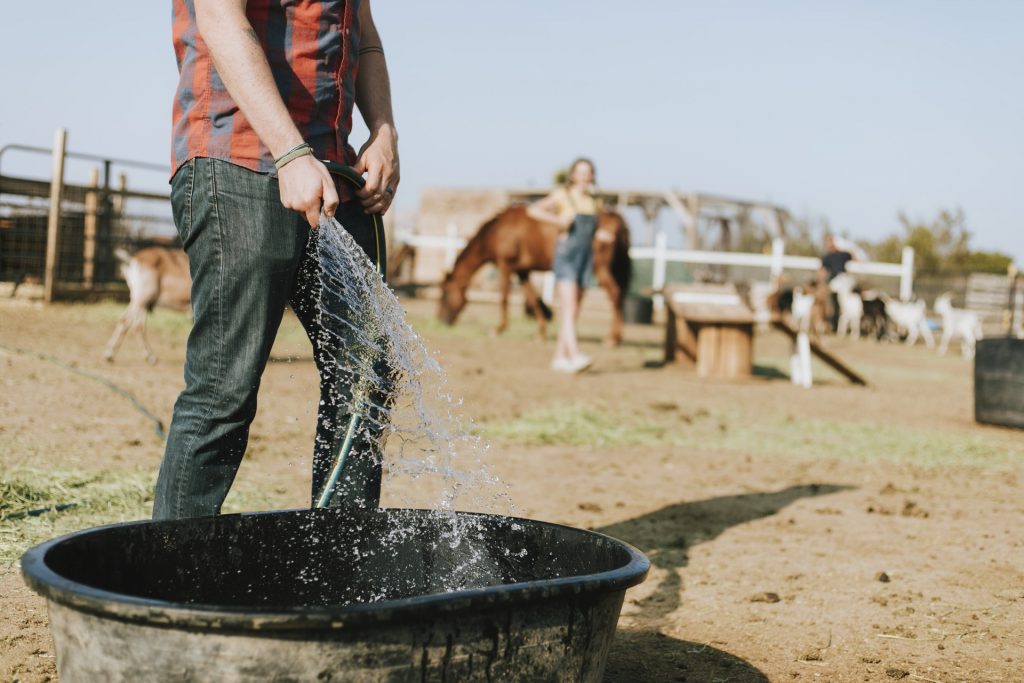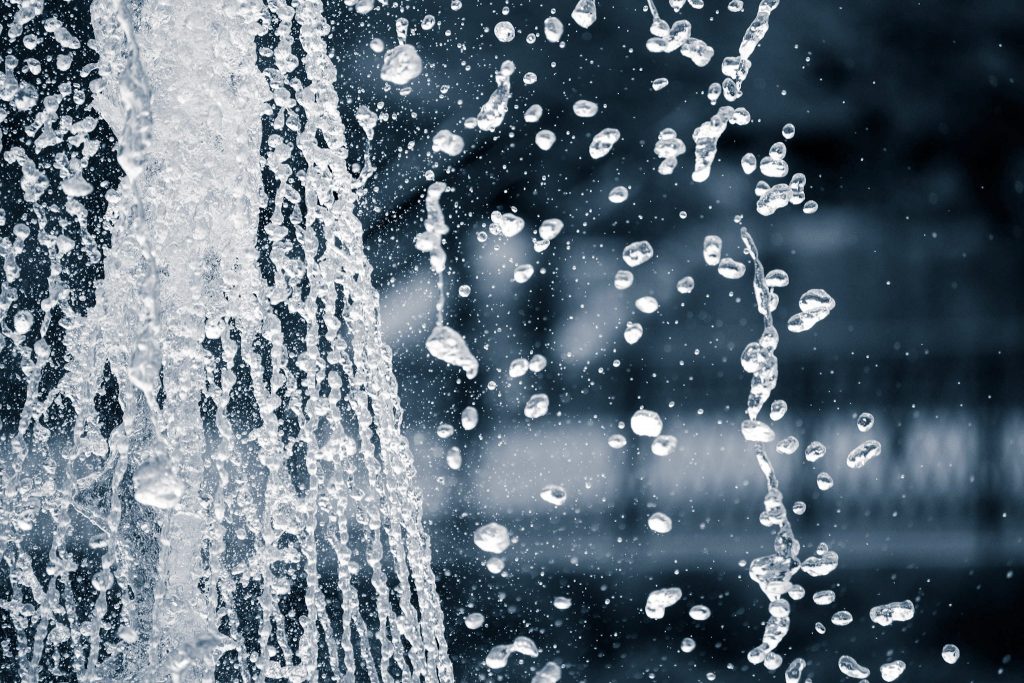Farming has become the centre of the Australian lifestyle despite it being the driest continent in the world. The rising question regarding how this becomes possible in such a sterile environment, is reasonable.
A town sider seldom thinks about the origin of water as mostly finite and non-exhaustive. On the other hand, the way to conserve water is of the top most priority for a farmer as well as individuals residing in rural locations. For many rural people the only means to procure water supply is by hoping to accumulate each and every drop of rain. This is known as rainwater harvesting, and it’s the basis of rural Australian houses. For a lot of us, this might come as a surprise. Or it can look to be an unnecessarily cumbersome practice to acquire water. The fact is, rainwater harvesting is the next most important source of water in Australia, following surface water (dams) and groundwater. Rainwater harvesting is providing 109 billion litres of water, or 63 per cent, of residential water out metropolitan regions, to our parched nation.
The primary and most useful part of water distribution management for regional and rural Australia remains to be rainwater harvesting. Rainwater falls on roofs of homes, sheds and other farm buildings. This usually means that the water could be accumulated locally and where it’s necessary. The quality of rainwater is superior to majority of other sources of water, like dams, bores and nearby castles. This is excellent news for the farmer in addition to the rural dwellers since rainwater meets local water requirement for domestic usage.
How can rain harvesting work?
Using rainwater harvesting isn’t a novel invention but instead, a well-established practice employed in rural locations. Farmers have used this technique for centuries and have developed a profound understanding and grasp of how it functions. Besides procuring rainwater harvesting is economical. The harvesting system Contains the interacting components of gas, rain and tank, collection, rainwater and pump use, and contains some valuable features:
Rain heads or foliage diverters are extremely capable of preserving water quality through the machine, reducing the possibility of organic substance in billed pipes, reducing sludge and helping pumps to function correctly.
Utilising appliances that ensures efficient water consumption (for example, front-loading clothes washers, very low flow showers and low flush toilets) inside the home will lower the capital and operating costs of this machine.
Properly installed rainwater harvesting methods create a real remedy train which addresses lots of the possible contamination problems which might be related to a roof catchment. Therefore, the danger of becoming sick from rainwater harvested water is reduced. Two million Australians rely entirely on rain, and there’s absolutely no evidence of widespread adverse health effects.
How can farmers use water?
Many farmers employ numerous approaches to water management, in which rainwater is one significant part. This was demonstrated through study performed by the Independent Water Council seeing how Australians use water. The term ‘independent water’ relates to all water offered to families that are independent, or separate, of utility and government providers. This includes installed water tanks, recycled water, water from deserts, bottled water and bore water to houses in the rural and urban places.

What’s the future of rainwater harvesting?
Rainwater harvesting isn’t just restricted to rural life. A substantial increase in rainwater harvesting can be understood from the metropolitan fringe. This interesting fact emerged through consultation with rainwater harvesting providers completed from the Independent Water Council. The urban centre, or even the semi-rural growth, is within half an hour’s drive of cities in regional areas in Australia. The cause of this growth is usually because authorised homes without main water distribution is mandated from the local council to get rainwater harvesting combined with septic tanks or water treatment systems for water distribution and wastewater management. This has given rise to the growing demand of having water tanks in many Australian homes be it in rural or the urban region. There’s a significant cost-effective aspect within this arrangement as rainwater harvesting is a cheaper alternative instead of trying to supply mains water and sewerage providers in semi-rural places.
The cost effectiveness of embracing this method becomes dominantly essential based on a study and hence this needs to be investigated to decrease the requirement for water from urban areas. For example, if this strategy was rolled out that the system-wide savings by a rain harvesting system to each home, it would help save South East Queensland 160 billion litres of mains water by 2050. To employ rainwater harvesting in rural region is a significant debate as some urban regions are working to purchase rural river water to satisfy future demand. As a result, the forecast is that rainwater harvesting is going to be a significant water policy problem in Australia in the 21st century.
